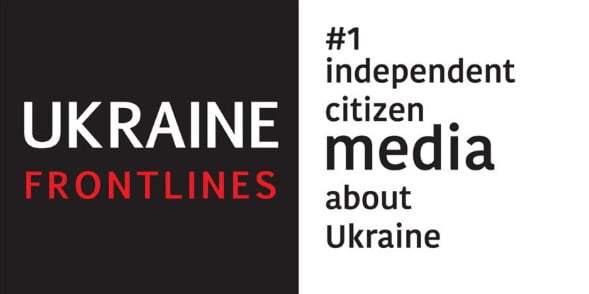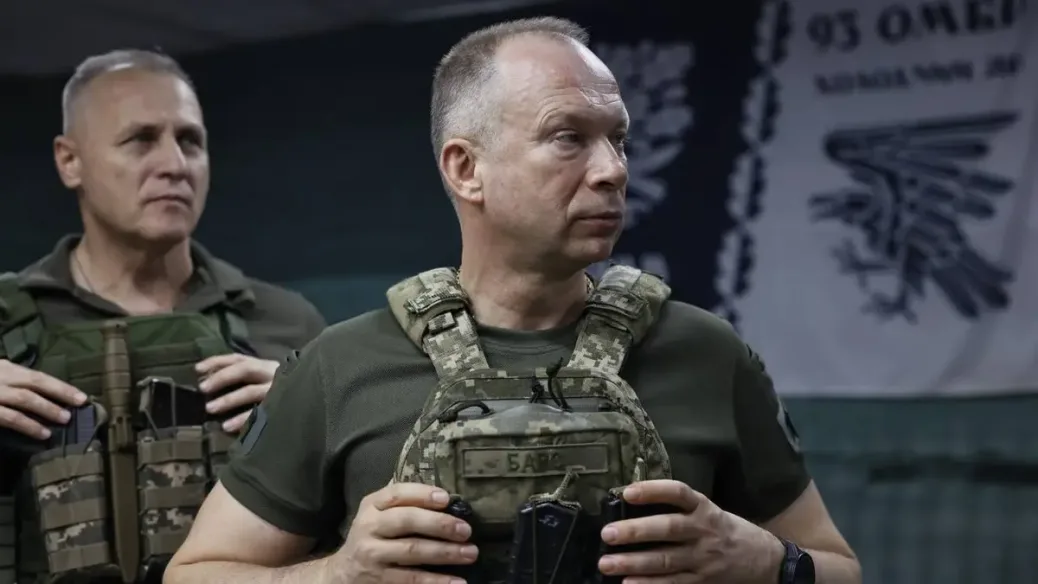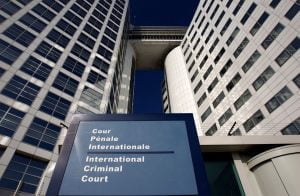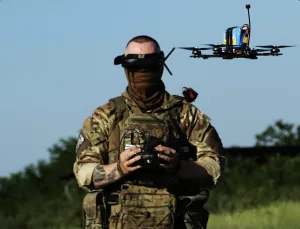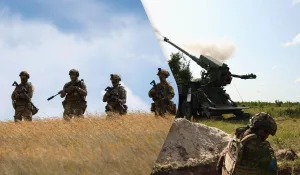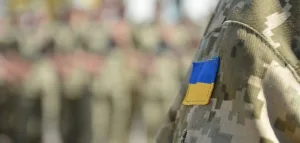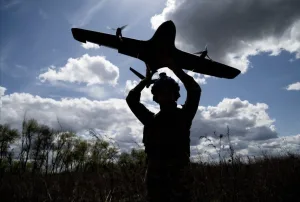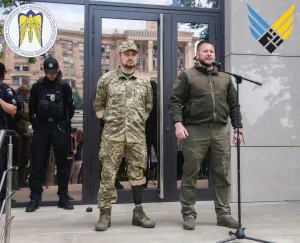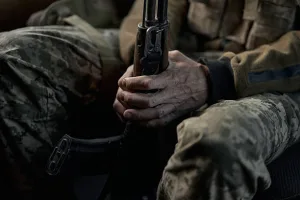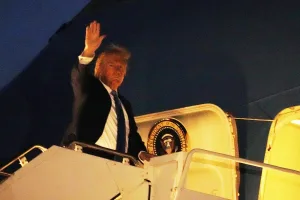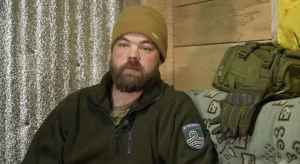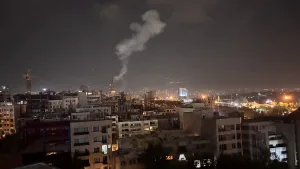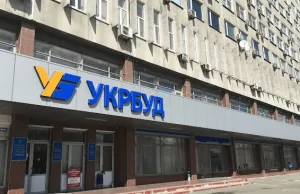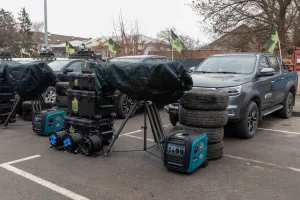The Commander-in-Chief of the Ukrainian Armed Forces, Oleksandr Syrskyi, spoke with journalists about a number of pressing issues, including the current situation on the front line.
The main statements and key points from the Ukrainian general’s conversation with media representatives were reported by Channel 24.
What Syrskyi told journalists
Since the beginning of the year, Ukrainian drones have caused significant damage to Russia
Syrskyi stated that since the beginning of the year, the Ukrainian Armed Forces’ Unmanned Systems Forces, along with other units, have carried out attacks on a number of targets deep inside Russian territory. These operations were aimed at weakening Russia’s military and economic potential.
As a result of these attacks, direct losses amounted to $1.3 billion — due to the destruction of oil refining, energy, logistics, and transportation facilities. An additional estimated $9.5 billion in indirect losses resulted from the shutdown of enterprises, disruption of transportation, and blocked logistics.
The territorial recruitment centers must change
“Of course, the main source of replenishing our army is the continuation of mobilization. It is an unpopular measure, but in wartime no country has avoided mobilization. At the same time, I insist that mobilization be carried out with mandatory compliance with legality and transparency in the work of the territorial recruitment centers. Mobilization should not come as a shock to people,” the commander-in-chief said.
Russia is preparing to continue the war
Oleksandr Syrskyi reported that the Russian army is increasing by 8–9 thousand troops monthly, which indicates that Russia is preparing for a war of attrition.
He added that Ukraine will not remain in passive defense because “it brings nothing and ultimately leads to retreating, losing people, and territory.”
Syrskyi explained how the Ukrainian DeepStrike is changing the war
According to him, Ukrainian DeepStrike — long-range weaponry — is probably one of our strongest advantages because its effectiveness exceeds the cost of damage by 15 times.
“Remember how during negotiations the enemy side demanded, as one of their conditions, that we do not strike their oil refining industry. This only proves that our strikes are truly effective,” the commander-in-chief explained.
Syrskyi revealed what drives changes in defense tactics
According to the commander-in-chief, fortifications as they existed, for example in Bakhmut, are now outdated. The Ukrainian Armed Forces have shifted to company-level strongpoints, then to platoon-level, and now the most effective position is at the squad level — groups of trenches and even “foxholes.”
The development of drones also dictates changes both in troop tactics and in fortification requirements, the commander-in-chief explained.
Ukraine is receiving modern light aircraft
According to the commander-in-chief, new projects are underway with support from our foreign partners.
“We are receiving modern light aviation aircraft equipped with advanced weapons and navigation systems, which will enhance the effectiveness of countering Russian attack drones,” Syrskyi added.
Russians have an advantage in fiber-optic drones
Ukraine is aware of Russia’s plans and the tasks set to increase drone production. The Russians have made progress in producing fiber-optic controlled drones.
Unfortunately, in this area they have an advantage both in quantity and in the range of use. There are already examples of fiber-optic drones flying distances up to 40 kilometers,” the commander-in-chief said.
He also added that Ukraine is catching up in fiber-optic drones and already has manufacturers supplying drones with a range of up to 20 kilometers.
The defense forces still control 90 square kilometers in the Kursk region
“We control about 90 square kilometers of territory in the Hlushkivskyi district of Russia’s Kursk region. These are our preemptive actions in response to a possible enemy offensive,” the commander-in-chief said.
The situation in the Sumy region has been stabilized
According to the commander-in-chief, the enemy’s offensive actions were stopped along the front line at Kindrativka, Andriivka, Yablunivka, and Yunakivka. This line then reaches the state border and partially crosses into Russian territory.
“During this time, we repelled and regained control of Andriivka, and in Yunakivka we advanced between 200 and 700 meters over the course of a week,” Oleksandr Syrskyi noted.
The transition to army corps will enable counteroffensives
Syrskyi reported that the first phase of army corps commands has already taken responsibility for their sectors. Next will be subsequent phases and the final restructuring of the defense.
“I hope this reorganization will allow us, first, to save personnel—that is, to use our servicemen who directly carry out combat missions more efficiently. It will also create more capable reserves so that we can conduct active counteroffensive and offensive operations,” the commander-in-chief said.
The enemy’s announced capture of Pokrovsk did not happen thanks to the Kursk operation
According to Syrskyi, in April about 60,000 occupiers were ordered to move from there toward directions in Ukraine and accelerate their offensive.
However, Ukrainian actions in the Hlushkivskyi district of the Kursk region disrupted these plans. Now around 10,000 enemy troops are tied down in that area alone.
